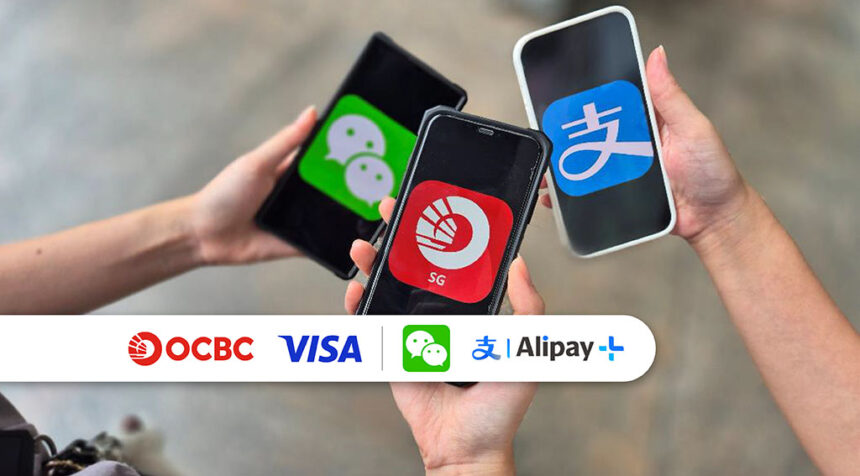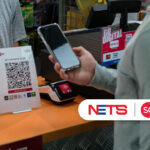OCBC Bank has launched a new service that allows customers to instantly send money to WeChat Pay and Alipay users in China.
This results in OCBC It is the first bank in Asia Pacific to offer this feature.
The service, available through the OCBC Mobile Banking app, uses Visa Direct to facilitate these peer-to-peer transfers, which now take just seconds to complete, compared to two to five days using traditional methods.
The launch comes at a time when OCBC’s remittances from Singapore to China have soared by 50%, as the number of individuals moving to Singapore from China and needing to send remittances home has increased. I was disappointed.
Customers can send up to RMB 50,000 per day and RMB 300,000 annually using only the recipient’s Chinese national identification name and mobile phone number. The service is free.
This new service builds on OCBC’s existing global scan and pay capabilities.
OCBC plans to expand this service by 2026 to include more than 50 digital wallets in other countries, including popular options such as GoPay and Ovo in Indonesia, and GCash, PayMaya and Coins in the Philippines.
This will also allow customers to send money to friends and family overseas or make payments directly to small businesses overseas.

Sunny Quek, Head of Global Consumer Financial Services at OCBC, said:
“Our broader goal is to become the go-to app for cross-border transactions in Greater China, ASEAN and beyond.
Our customers can already use the OCBC app to scan and make payments at merchants around the world. With today’s rollout of our peer-to-peer Pay-to-Wallet service, we are well on our way to achieving this goal. ”

Adaline Kim, Visa Country Manager for Singapore and Brunei, said:
“Our Green Shoots Radar survey shows that nearly 50 percent of Chinese people receive money from abroad in digital wallets, and this is a step-by-step process that allows consumers to easily send and receive money. It shows that we need to change.
Previously, Singapore residents had to top up their digital wallet and then transfer money via the digital wallet, which was a two-step process. ”








